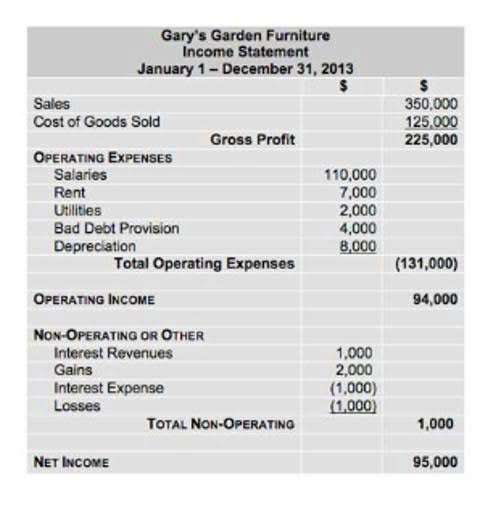
Just as different items have specific categories on store shelves, each expense in your financial records has its designated code, forming a comprehensive coding system. Determine who needs to review and approve invoices based on factors like amount, department, or vendor. Once invoices are approved and the process is completed, that data can be synchronized with financial applications like QuickBooks, Sage and other accounting systems. Invoice software lets you process payments faster and more accurately, which helps develop trust in the relationship between you and your suppliers. Better invoice processing allows you to quickly develop a reputation for paying your bills on time (or even early) and being a law firm chart of accounts financially responsible client.

Common Challenges in Invoice Processing
- Clearly define approval thresholds and delegations of authority so invoices are reviewed and approved in a consistent and efficient manner.
- Invoice codes help categorize expenses, allocate costs to specific cost centres or projects, and facilitate seamless tracking and reporting.
- These codes are typically tied to specific categories within your company’s chart of accounts, which is essentially a master list of all the places where your company spends and earns money.
- If you are consistently late paying vendors, making duplicate payments, or managing other errors, it paints your business in a not so positive light.
- A lack of training can lead to inconsistent coding, errors, and inefficiencies, all of which add up to bigger problems down the line.
- For most companies of any size, the Accounts Payable (AP) department manages outgoing payments to suppliers and vendors.
- Yooz’s strength comes from its unique combination of AI, deep learning, big data, and RPA technologies to turn raw data into practical insights.
The AP team tracks down the PO from purchasing so the invoice can be verified and coded. Then, the invoice authorizer verifies the invoice by ensuring the invoice details match the gross vs net PO details and reconciles any discrepancies or exceptions. For example, if the PO has 10 line items, and the invoice has 8, the AP team contacts the procurement department to find out what happened to the other two line items.

So what is a fully coded invoice?

AP automation software has seamless integration with your ERP or accounting software. Invoice coding is a process for recording invoice invoice coding line items using the general ledger chart of accounts. GL accounts identify revenue or expenditure categories, departments, and locations to compare with budgets and track revenue or business spending.
Scale for the future with AI-first technology for invoice processing
Invoice coding for accounts receivable and accounts payable may include other identifying information, such as lot tracking. Configure your system to automatically match invoices with purchase orders and receiving documents. Set up rules for flagging discrepancies, such as price variances or quantity mismatches. This step ensures accuracy and helps prevent overpayments or duplicate payments. Many automation solutions allow you to create rules for automatic code assignment based on vendor, item description, or other invoice fields.
Coding and payment processing
Do you know the difference between a deposit and a down-payment, and their effects in the event of withdrawal? By eliminating tedious manual processes, automation lets you reassign AP employees to higher-value tasks. Now that you know who is involved, what they are doing and how much time they are spending doing it – it’s time to factor in their rate of pay.
- With a staggering 77% of companies experiencing fraud through manual processes, ensuring accuracy and accountability is paramount.
- It’s a solution built to provide measurable value beyond what your ERP system can deliver.
- Likewise, invoices become exceptions when key details are missing or their line items don’t tally with the related purchase order.
- This automation prepares the invoice for the next step automatically, leaving only discrepancies to be handled by the AP staff.
- They become better at invoice data extraction, invoice coding, and approval routing.
- By switching to an autonomous process, AP teams can save an incredible amount of time and redirect efforts toward more strategic work.





